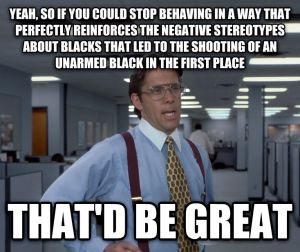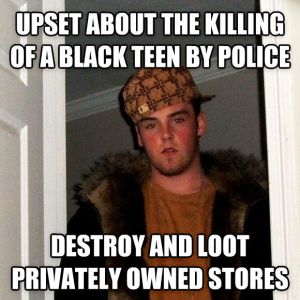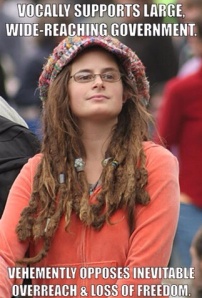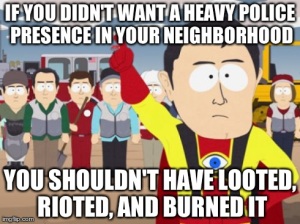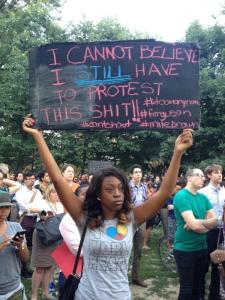October is Health Literacy Month. And even though we only have a few days left in the month, I thought squeezing in a communications related post would be a fitting first blog post for the newest addition to the Communications Committee.
According to the World Health Organization, health literacy is defined as “the cognitive and social skills which determine the motivation and ability of individuals to gain access to, understand and use information in ways which promote and maintain good health. Health literacy means more than being able to read pamphlets and successfully make appointments. By improving people’s access to health information and their capacity to use it effectively, health literacy is critical to empowerment.”
With health literacy playing a critical role in empowering individuals to make positive health choices, it should come as no surprise then that low levels of health literacy are associated with poor health outcomes. As such, it is our responsibility as public health professionals to promote health literacy by ensuring that the health information we disseminate is accurate, accessible, and actionable. In many ways we are already experts at this, from presenting information either orally or through pictures in low literacy settings to adapting messaging to the local culture. We understand the value of delivering contextually relevant health information.
Although many individuals still rely on health professionals for trusted health information, we cannot ignore the influence of communities on health literacy and in particular the rising role of digital communities. Digital communities have helped individuals with similar health concerns share information and support each other and have enabled the growth of viral media campaigns that raise awareness on health topics and reinforce key health messages. And while digital communities have certainly helped advance health literacy by making information more readily accessible, they have also had a detrimental effect.
In the viral media age, inaccurate health information can easily diffuse to a large number of people at lightning speed in digital communities. On top of that, social networks yield incredible power in influencing health behaviors even while taking into account individual characteristics such as income and education. This combination of factors should raise some alarms.
A recent article in The Atlantic discusses the challenges created by the spread of health misinformation and criticism in digital communities during epidemics. From the 2014 measles scare in Vietnam to SARS in China example after example demonstrates the potential harms of digital communities. Whether through exacerbating individual fears or creating mistrust between health professionals and the public, digital communities can negatively impact health literacy.
Although the author notes this is most evident in the Asia Pacific region, where the confluence of Internet users, smartphones, and infectious diseases has created the perfect storm, the problem of health misinformation among digital communities isn’t limited to epidemics or geography. The problem of health misinformation exists anywhere the Internet does. It is a problem that isn’t going away anytime soon and will only continue to grow. In 2015, over 3 billion people worldwide were using the Internet compared to 738 million in 2000. Of those users, 2 billion live in developing countries compared to only 100 million in 2000.
Projects focused on increasing global Internet access, like Facebook’s Internet.org which has brought free basic mobile Internet service to over 25 million people from India to Zambia, are gaining traction. In addition, data and mobile phones are becoming more affordable. These factors are driving the ubiquity of the Internet. Thus, it is imperative that we think about ways to limit the spread of health misinformation by staying ahead of the conversation in the days, months, and years ahead of us.
As we think about how to accomplish this, here are a few ideas to start with:
- Follow social media conversations in real-time and take the time to understand the dialogue. Whether you are an organization delivering public health or health care services or an individual provider, doing so will allow you to respond promptly and appropriately.
- Establish a strong digital presence to ensure that when health information is being searched, whether it’s on Google or Twitter, you are a part of the conversation.
- Regardless of whether you get your information verbally, in written form, visually, or electronically, protect yourself from the dangers of false and misleading health information. Encourage others to do the same.


